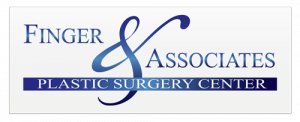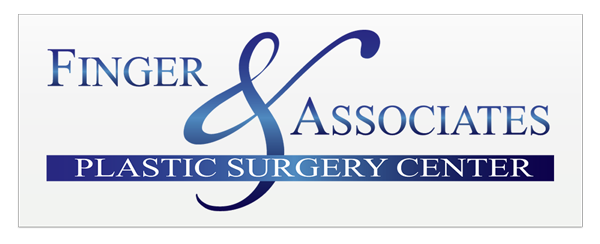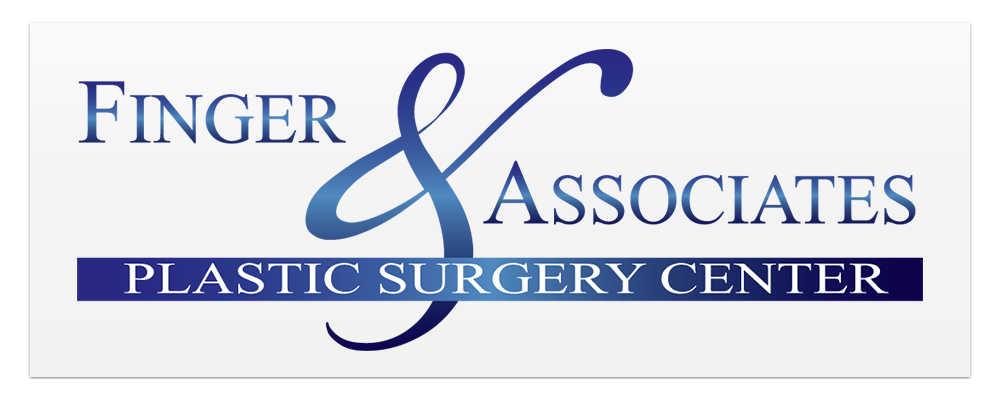Silicone implants have been used for breast enlargement since 1962, and have remained one of the most frequently performed cosmetic procedures plastic surgeons perform. The following should help patients understand how ideal results can be achieved consistently. For best results, patients should be well informed prior to any surgical procedure.
1. What is a Rapid Recovery Breast Augmentation?
This term infers that the surgery has been meticulously performed, never touching the periosteum of the ribs (which causes pain), instructing the patient on medications and foods to refrain from before surgery so any bleeding is minimal, and meticulously coagulating any bleeding points. Finally, early mobilization massaging exercises.
2. What is an Auto-Augmentation?
Autologous means using your own tissue. Often your own tissue can be used during an uplift to give more fullness at the upper part of the breast–always desirable, but the patient has to have enough tissue for this. An excellent alternative is fat transfer (grafts), but the patient must have enough fat elsewhere to liposuction and use.
3. Breast implants, an uplift or both?
If the nipple is below the infra-mammary (IM) crease or if it points downward, the patient probably needs an uplift (mastopexy). If the breasts are also too small, implants or fat grafts can be used to increase the size. If the nipple is above the IM crease, then implants should suffice.
4. The difference between saline and silicone gel implants:
Saline implants are silicone bags with salt water used to inflate the bag. They are excellent implants and less expensive. The problems are: wrinkles may be seen and felt, and eventually even deflation may occur. One of my patients had a deflated implant the night before her wedding. Timing is not always convenient.
The memory type silicone implants are probably best over the long run. They feel and look more natural and are very durable.
5. Implants in front or behind the muscle?
Both techniques are good but neither is perfect—or there would be only one technique. If a patient has enough breast tissue, in front of the muscle is fine. Recovery is slightly faster, and there is no distortion of the implant when the patient moves her arms in certain positions, contracting the pectoralis muscle. If breast tissue is minimal, the implants should be placed behind the muscle.
When placed under the muscle, recovery time may be longer. But eventually both techniques should look very natural. However, behind the muscle the encapsulation rate may be lower. Encapsulation is when he body creates scar tissue which tightens around the implant making it feel firm.
Each patient should be evaluated very carefully and pros and cons discussed with the surgeon prior to making a final decision.


